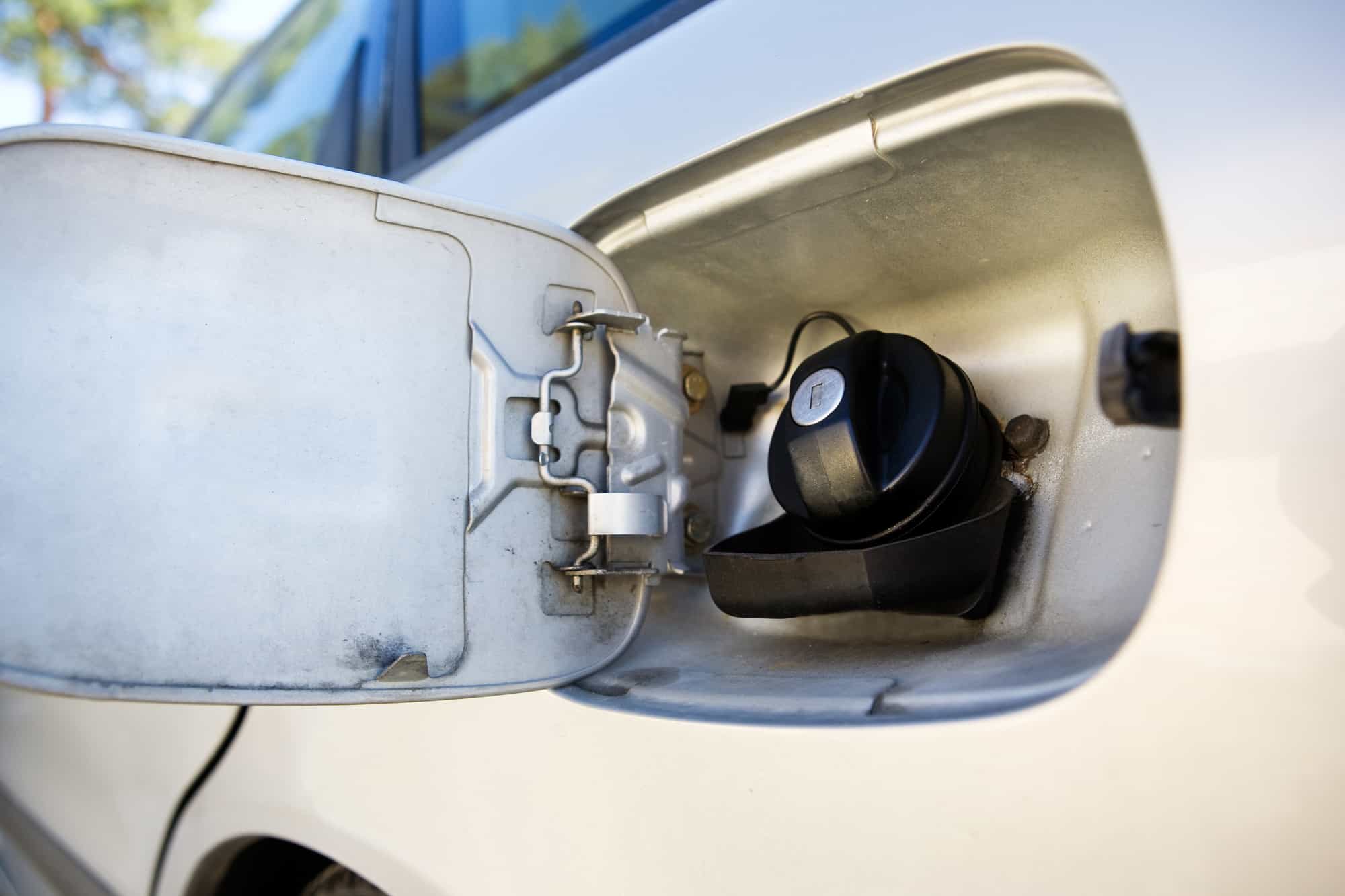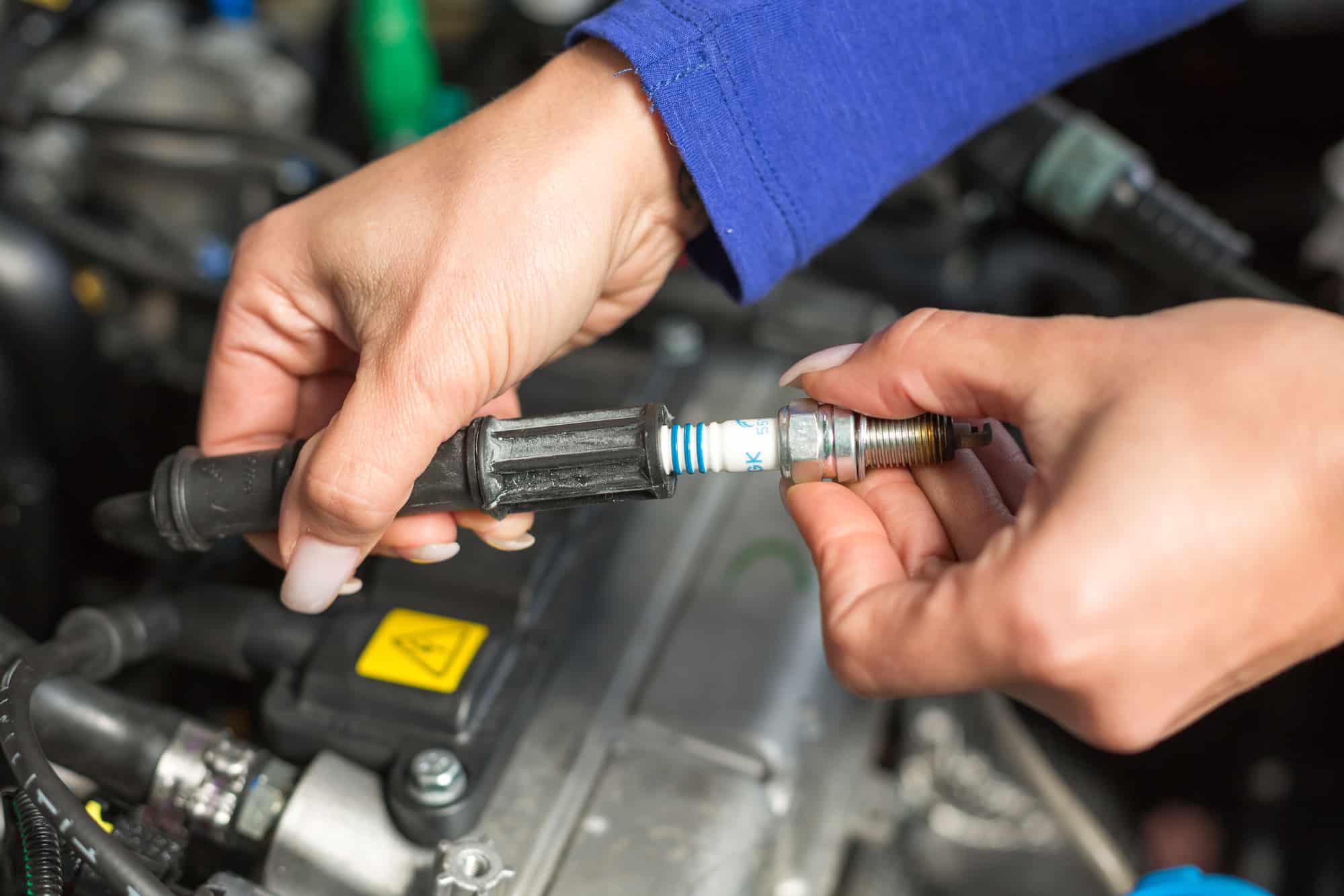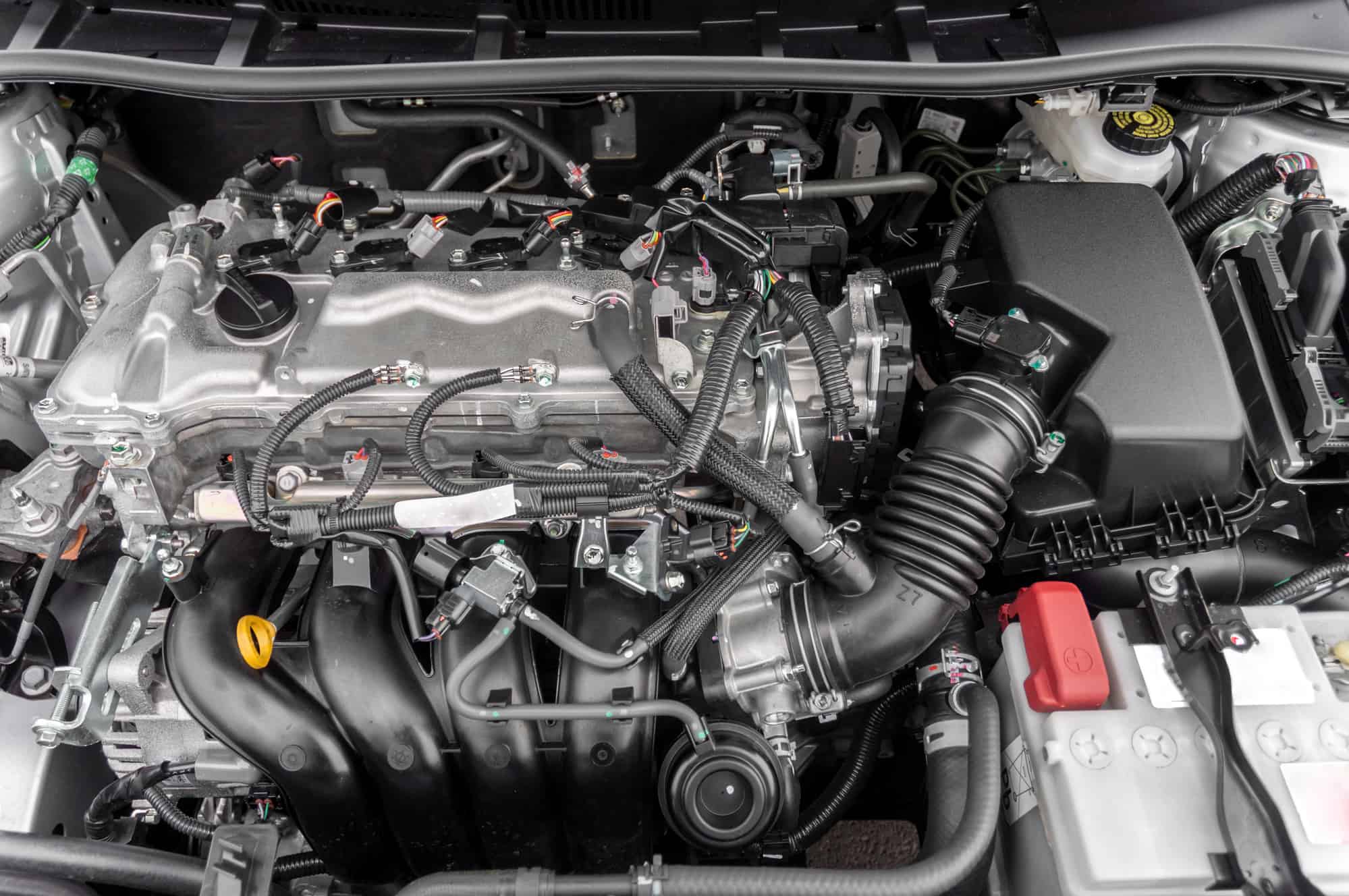If you’ve ever experienced unexpected steering behavior or noticed your vehicle’s control feeling off, you might be familiar with the frustrations of C1001 steering angle sensor calibration issues. These problems can compromise your driving experience and safety on the road. However, there are reliable fixes and solutions available to address these concerns effectively. Understanding the root causes and appropriate steps to take can make a significant difference in resolving these calibration challenges and ensuring peak performance.
Key Points
- Regular calibration prevents steering inaccuracies.
- Use diagnostic tools to identify C1001 faults.
- Professional services ensure accurate sensor calibration.
- Calibration on level ground with OBD device.
- Calibration avoids erratic steering behavior.
Common Symptoms of C1001 Calibration Issues
If your vehicle displays the C1001 error code, watch out for signs of inaccurate steering response as these are common symptoms of calibration issues. The steering angle sensor plays a vital role in guaranteeing that your vehicle’s stability control system functions correctly. When this sensor isn’t calibrated properly, it can lead to erratic steering behavior, making it challenging to control your vehicle safely. Inaccurate steering response, such as delayed reactions or sudden jerks while turning, can indicate a problem with the steering angle sensor calibration.
To address the C1001 error and resolve calibration issues, it’s essential to recalibrate the steering angle sensor. This recalibration process is necessary to make sure that the sensor provides accurate readings of the steering angle, allowing the stability control system to function as intended. By recalibrating the steering angle sensor, you can prevent stability control system malfunctions and maintain safe driving conditions on the road.
Importance of Regular Sensor Calibration
Regular sensor calibration is essential to ensuring accurate steering angle readings for excellent vehicle performance and safety. By calibrating the steering angle sensor regularly, you can maintain the proper functioning of various vehicle systems that rely on this data. Calibration plays a critical role in preventing false activations of advanced driver assistance systems (ADAS) caused by incorrect sensor information.
Then, accurate sensor calibration is important for the best operation of stability control systems, ensuring your vehicle responds accurately to various driving conditions.
Furthermore, regular calibration can help you avoid dashboard alerts and warnings related to steering angle sensor issues, which may disrupt your driving experience and compromise safety. Investing time in ensuring the steering angle sensor is accurately calibrated enhances overall safety, performance, and driving comfort.
Therefore, make it a priority to schedule routine calibration checks to keep your steering angle sensor in excellent condition and your vehicle operating at its best.
Diagnostic Tools for Calibration Checks
When checking for steering angle sensor calibration issues, utilizing diagnostic tools such as OBD scanners can provide accurate readings and identify specific fault codes like C1001 related to calibration problems. For Fiat Panda steering concerns, these tools play an important role in pinpointing if the steering angle sensor requires recalibration.
By using specialized diagnostic equipment, you can guarantee precise diagnosis and calibration of the sensor. These tools not only help in detecting the issues but also in verifying the success of the calibration process.
When dealing with C1001 errors in the steering system, relying on diagnostic tools is vital for a thorough check and effective resolution. Make sure to utilize these tools to accurately assess the calibration status of the steering angle sensor in your Fiat Panda, enabling you to address any potential problems promptly and efficiently.
Step-by-Step Calibration Procedure
To begin the steering angle sensor calibration process, make sure the vehicle is positioned on a level surface. This is vital for accurate calibration.
Utilize a compatible OBD device to access the calibration function specific to the steering angle sensor. It’s important to follow the step-by-step instructions provided by the manufacturer carefully. These instructions are designed to guarantee precise calibration.
Once the calibration is complete, verify its success by checking for any error codes related to the steering angle sensor. This step helps confirm that the calibration was performed correctly.
Finally, conduct a steering response test post-calibration to ensure the sensor is functioning correctly. Testing the steering response will give you the confidence that the sensor is accurately detecting the position of the steering wheel.
Following these steps attentively will help you calibrate the steering angle sensor effectively.
Technical Challenges in Calibration
If the steering angle sensor calibration process encounters technical challenges, these obstacles often stem from sensor misalignment or improper installation. Sensor misalignment can occur due to physical disturbances or improper handling during installation. Improper installation, such as not securely mounting the sensor in the correct position, can lead to calibration issues.
Furthermore, software glitches, sensor communication errors, or specific calibration requirements for different vehicles can contribute to calibration challenges. The type of steering angle sensor system used can also impact the calibration process.
Incorrect calibration procedures may result in inaccurate sensor readings, causing warning lights to illuminate or impacting the vehicle’s stability control systems. Resolving these challenges effectively may require professional expertise and specialized tools to diagnose and rectify the steering angle sensor calibration issues accurately.
Troubleshooting Steering Angle Sensor Errors
Addressing steering angle sensor errors starts with a thorough examination of sensor connections and calibration procedures.
When troubleshooting sensor calibration problems, it’s fundamental to first confirm that all sensor connections are secure and free of damage. Check for any loose wires or corrosion that could be affecting the sensor’s performance.
Next, verify that the calibration procedures were followed correctly, as errors in this process can lead to inaccurate sensor readings and the triggering of the C1001 error code.
Utilizing calibration tools such as OBD devices can help rectify these calibration issues efficiently.
What Are the Common Steering Angle Sensor Issues and How Can They Be Fixed?
When experiencing steering angle sensor issues, common problems include incorrect data readings, calibration errors, and malfunctioning. These issues can be fixed by performing a recalibration or reset, checking for wiring or connection issues, or replacing the sensor altogether if necessary. Regular maintenance can help prevent these issues.
Software Updates for Calibration Fixes
Regularly checking for and applying software updates can significantly enhance the accuracy of steering angle sensor calibration in modern vehicles. Software updates play a vital role in addressing steering angle sensor calibration issues. These updates often include improved calibration algorithms designed to provide more precise sensor readings, ensuring better overall performance. Manufacturers regularly release software updates specifically to resolve known calibration discrepancies and enhance the functionality of these sensors.
To benefit from these updates, it’s essential to stay informed about new releases and apply them promptly. Updating the software may necessitate the use of specialized tools and access to manufacturer-specific databases. By proactively seeking and installing these software updates, you can prevent potential calibration-related problems from occurring. Keeping your vehicle’s software up to date is a proactive measure that can help maintain the accuracy and reliability of the steering angle sensor calibration, ultimately contributing to safer driving conditions.
Professional Calibration Services and Resources
For accurate steering angle sensor calibration, consider utilizing professional calibration services and resources for best vehicle performance. Professionals equipped with specialized tools and software can guarantee precise calibration, minimizing the risk of false alerts and warnings related to steering angle sensor issues.
Here are four reasons why seeking professional calibration services is beneficial:
- Precision Calibration: Professional services guarantee precise alignment, optimizing your vehicle’s steering performance.
- Expertise in Sensor Calibration: Professionals have the know-how to calibrate steering angle sensors correctly, reducing the chances of errors.
- Detailed Instructions: Professional calibration resources offer thorough guidance on sensor calibration, aiding in proper alignment.
- Risk Avoidance: Seeking professional calibration services helps avoid the hazards associated with incorrect sensor calibration, ensuring your safety on the road.
As an Amazon Associate we earn from qualifying purchases.










